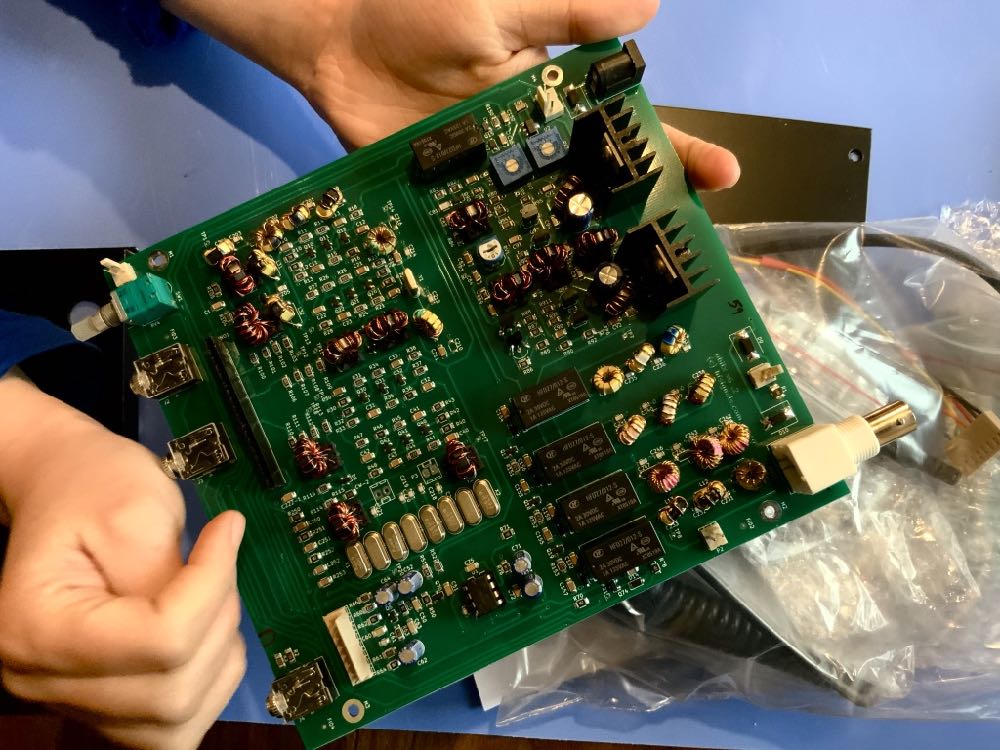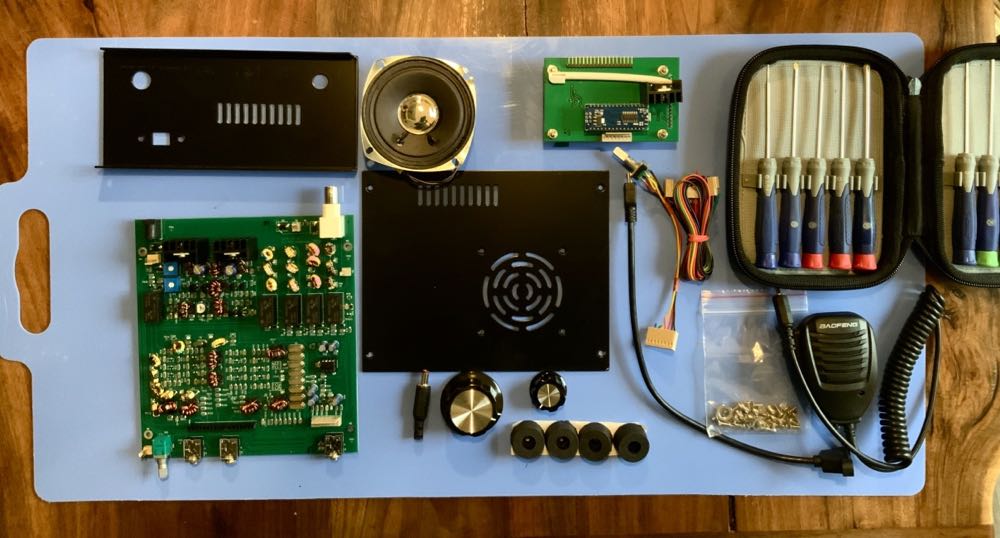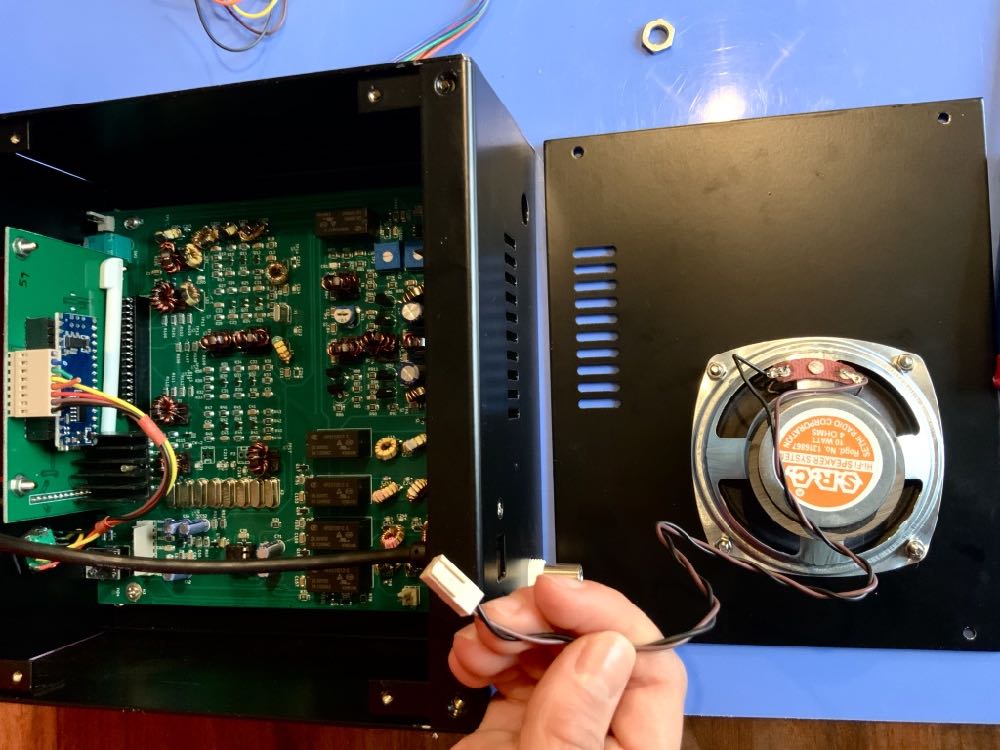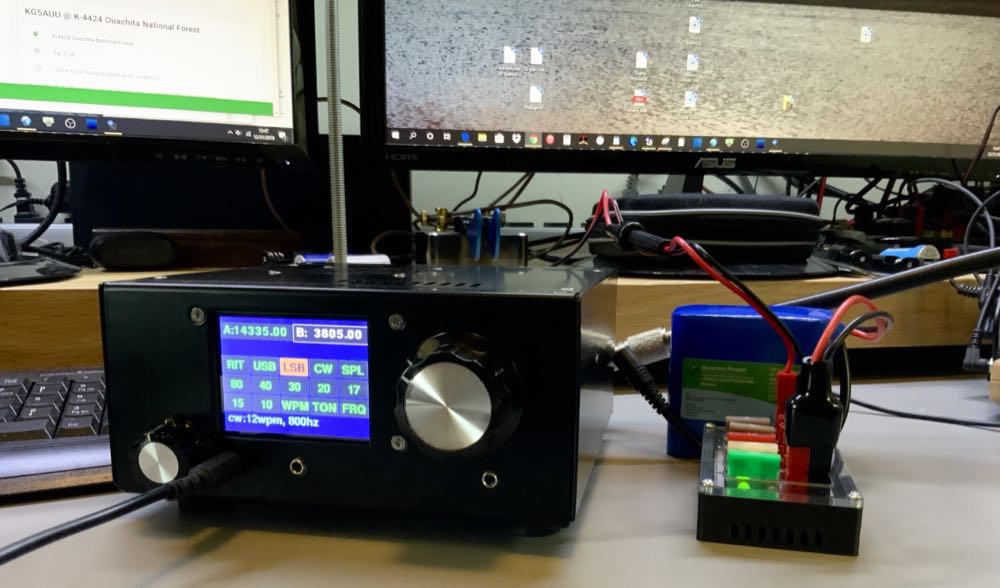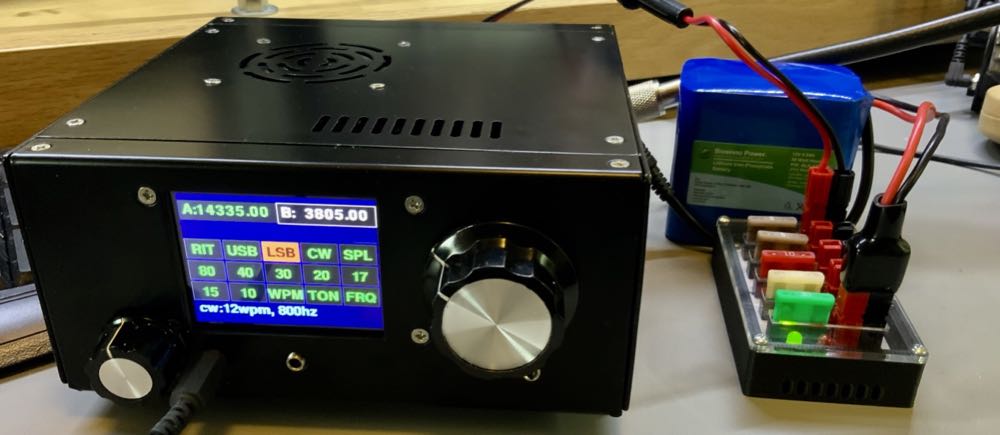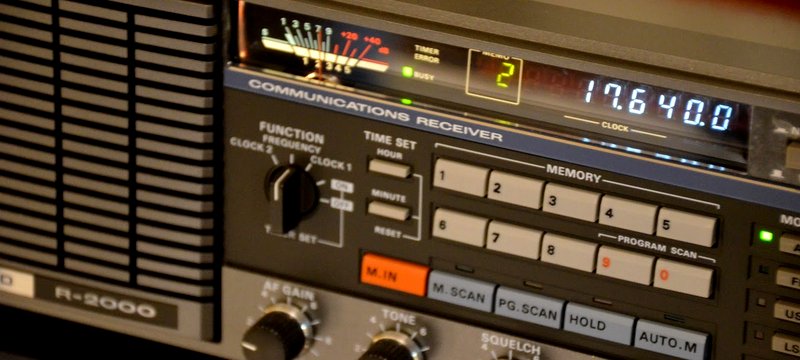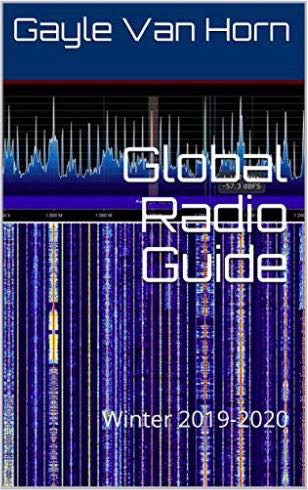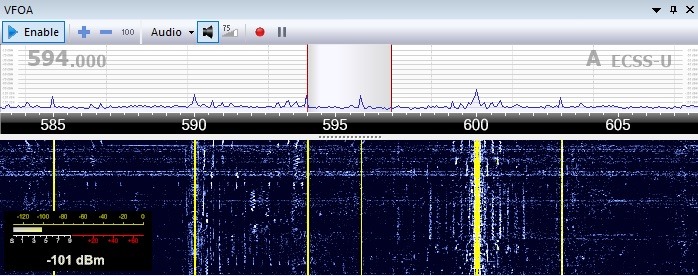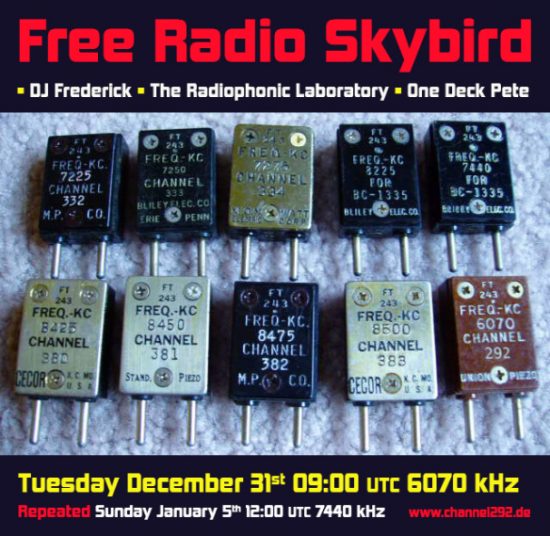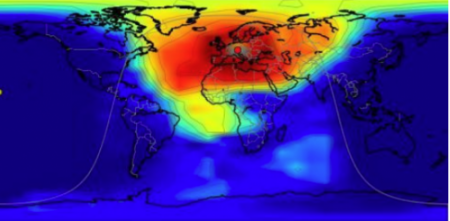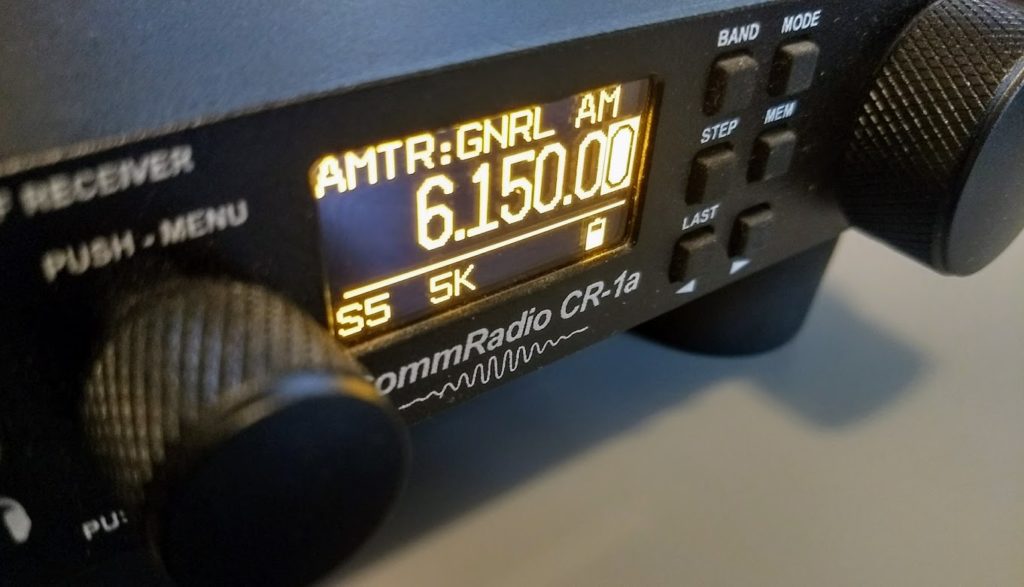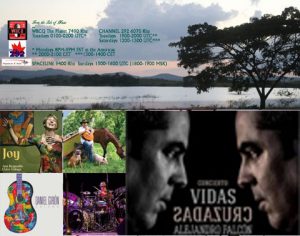

Happy New Year! The following covers our broadcasts for the entire month of January:
From the Isle of Music, January 5-February 1 (multiple weeks):
January 5-11: Our special guests are Ann Reynolds and Daniel Giron, each with collaborative recordings with Cuban Jazz musicians.
January 12-18: Our special guest Kiki Valera will guide us through his years with Familia Valera Miranda, Los Karachi and other bands.
January 19-25: Our special guest Ruy López-Nussa share recent Cuban Jazz from his project La Academia
January 26-February 1: Our special guest Alejandro Falcón shares some of his compositions for the film Vidas Cruzadas.
The broadcasts take place:
1. For Eastern Europe but audible well beyond the target area in most of the Eastern Hemisphere (including parts of East Asia and Oceania) with 100Kw, Sunday 1500-1600 UTC on SpaceLine, 9400 KHz, from Sofia, Bulgaria (1800-1900 MSK)
If you don’t have a shortwave radio or are out of range, you can listen live to an uplink from a listening radio in the Netherlands during the broadcast at http://websdr.ewi.utwente.nl:8901/?tune=9400am
2. For the Americas and parts of Europe, Tuesday 0100-0200 UTC (New UTC) on WBCQ, 7490 KHz from Monticello, ME, USA (Monday 8-9PM EST in the US).
If you don’t have a shortwave or are out of range, you can listen to a live stream from the WBCQ website here (choose 7490) http://www.wbcq.com/?page_id=7
3 & 4. For Europe and sometimes beyond, Tuesday 1900-2000 UTC and Saturday 1200-1300 UTC on Channel 292, 6070 KHz from Rohrbach, Germany.
If you don’t have a shortwave radio or are out of range, you can listen live to an uplink from a listening radio in Europe.
Visit our Facebook page at https://www.facebook.com/fromtheisleofmusic
Uncle Bill’s Melting Pot, January 5-28 (multiple weeks)
January 5 and 7: Episode 146 presents light classical compositions by Franz von Suppé.
January 12 and 14: Episode 147 presents Bluegrass with humor
January 19 and 21: Episode 148 presents music from the Republic of Chad
January 26 and 28: Episode 149 presents music from Hungary
The transmissions take place:
1.Sundays 2300-2330 UTC (6:00PM -6:30PM Eastern US) on WBCQ The Planet 7490 KHz from the US to the Americas and parts of Europe
If you don’t have a shortwave or are out of range, you can listen to a live stream from the WBCQ website here (choose 7490) http://www.wbcq.com/?page_id=7
2. Tuesdays 2000-2030 UTC on Channel 292, 6070 KHz from Rohrbach, Germany for Europe.
If you don’t have a shortwave radio or are out of range, you can listen live to an uplink from different web SDRs in Europe.
Visit our Facebook Page at https://www.facebook.com/UncleBillsMeltingPot

